Ireland’s Climate Change Crisis: What’s Really Happening in 2025?
Ireland’s Climate Change Crisis: What’s Really Happening in 2025? Ireland climate change is accelerating at an alarming rate, with average temperatures having risen by approximately
Ireland’s ecological landscape is a tapestry of diverse ecosystems, each playing a crucial role in the country’s biodiversity. From the expansive peatlands and bogs that cover approximately 20% of the island to the remnants of ancient native forests, Ireland boasts a rich natural heritage. The country’s coastal ecosystems are particularly noteworthy, with rugged cliffs and pristine beaches providing habitats for numerous species of seabirds and marine life. Wildlife conservation efforts have focused on protecting iconic species such as the red deer, pine marten, and the reintroduced golden eagle, while also safeguarding the delicate balance of urban ecology in cities like Dublin and Cork.
Despite its natural beauty, Ireland faces significant ecological challenges in the 21st century. Climate change impacts are becoming increasingly evident, with rising sea levels threatening coastal habitats and changing weather patterns affecting native flora and fauna. Pollution, particularly from agricultural runoff and urban development, poses a serious threat to water quality in rivers and lakes. Habitat loss due to land-use changes remains a pressing concern, with many species struggling to adapt to shrinking natural spaces. However, recent conservation initiatives have shown promise, with habitat restoration projects aimed at rejuvenating peatlands and expanding native woodlands. These efforts not only support biodiversity but also contribute to Ireland’s commitments to combat climate change by enhancing natural carbon sinks.
{{locationDetails}}
Ireland’s ecological landscape is a tapestry of diverse ecosystems, each playing a crucial role in the country’s biodiversity. From the expansive peatlands and bogs that cover approximately 20% of the island to the remnants of ancient native forests, Ireland boasts a rich natural heritage. The country’s coastal ecosystems are particularly noteworthy, with rugged cliffs and pristine beaches providing habitats for numerous species of seabirds and marine life. Wildlife conservation efforts have focused on protecting iconic species such as the red deer, pine marten, and the reintroduced golden eagle, while also safeguarding the delicate balance of urban ecology in cities like Dublin and Cork.
Despite its natural beauty, Ireland faces significant ecological challenges in the 21st century. Climate change impacts are becoming increasingly evident, with rising sea levels threatening coastal habitats and changing weather patterns affecting native flora and fauna. Pollution, particularly from agricultural runoff and urban development, poses a serious threat to water quality in rivers and lakes. Habitat loss due to land-use changes remains a pressing concern, with many species struggling to adapt to shrinking natural spaces. However, recent conservation initiatives have shown promise, with habitat restoration projects aimed at rejuvenating peatlands and expanding native woodlands. These efforts not only support biodiversity but also contribute to Ireland’s commitments to combat climate change by enhancing natural carbon sinks.

Ireland’s Climate Change Crisis: What’s Really Happening in 2025? Ireland climate change is accelerating at an alarming rate, with average temperatures having risen by approximately

As a founder, product lead at Pinterest and PM for a couple products at Google, as well as a growth partner for Initialized Capital, I’ve

Enterprise applications are complex — there is an insane amount of information that is to be displayed that contains data from various sources, modules and users. There
